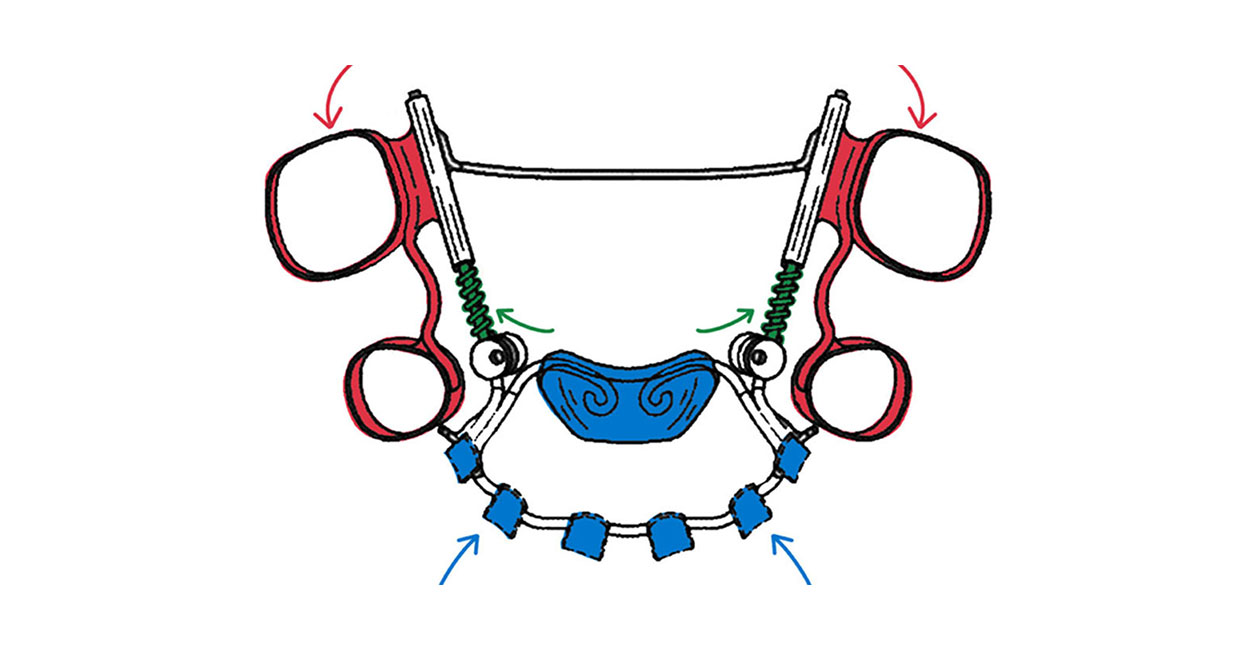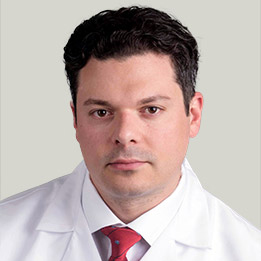Anterior Growth Guidance Appliance (AGGA) – Grand Claims, But Scary Results

Grayslake, Round Lake, IL – Snake oil salesmen are everywhere, and the orthodontic industry isn’t immune. There are appliances and devices that make grand claims, such as being able to speed up treatment, or correct your smile without surgery, and any number of other claims. But do these work as some claim?
The AGGA Device: Promises, Concerns, and Lack of FDA Approval
“As with everything, I always tell patients to look to the science,” says Dr. Michael Stosich. “Unfortunately, we see a lot of devices and appliances in the orthodontic world that do much more harm than good.”
One such device that is cause for great concern is known as AGGA, or anterior growth guidance appliance. This device is sometimes recommended to adult patients in place of jaw surgery. But there are several problems with this device – the first being that it isn’t FDA approved. And that’s because the AGGA was never submitted for FDA approval.
This in itself should give patients pause when considering it, says Dr. Stosich.
The inventor of AGGA, Dr. Steve Gallela, claimed that his device is able to expand the jawbones of adults without the need for surgery. The device consists of molar bands that secure the device to the back teeth, springs that create a gap between the canine teeth and the teeth behind them, and wire and pads that apply forward pressure to the palate and upper front teeth. It looks similar to a retainer, and Dr. Gallela contends that the device causes the jaw to remodel forward to “where the body really wants it to be.”
This would be a great invention for patients who don’t want the hassle of jaw surgery to correct their smiles. That is, if it worked.
“There are very distinct differences when treating adolescent and adult orthodontic patients,” says Dr. Stosich. “The main difference is that we can expand the jaws of adolescent patients without the use of surgery. But this is because their jaws are still growing – they haven’t fused yet. This allows us to guide the jaw as needed to achieve ideal results. We simply cannot do that in adult patients. The upper palate has fused together, and without surgery, we cannot manipulate jaw growth.”
So why would people think the AGGA, which has recently been rebranded as the Osseo-Restoration Appliance, can?
It’s all smoke and mirrors, according to Dr. Stosich and other experts.
Grand Claims, but Scary Results
In patients who have been fitted with AGGA, the device has aggressively moved the teeth. This can then create the illusion that the jaw has grown because it tilts some of the teeth forward, while creating gaps between others. Experts who have examined patients who have used AGGA have seen some teeth pushed so far out of position that their roots have been pushed free of the bone and into the gums.
“This is harmful because it leads to tooth and bone loss,” says Dr. Stosich. “The concept behind this device just doesn’t make sense. You simply cannot achieve jaw growth simply by placing pressure on it after it has already stopped growing. All it will do is push teeth out of their places.”
There are currently multiple lawsuits that have been filed in recent years. Patients claim AGGA left them with flared teeth, damaged gums, exposed roots, and erosion of bone. These can cause irreparable harm and permanent damage.
Only Trust Your Smile to Science
“I don’t blame patients for wanting something that can correct their issues without all the hassle and recovery time that surgery can lead to,” says Dr. Stosich. “Who wouldn’t want something that can give them their desired results in an easier manner? The ones to look to are the people who are promoting it. We should all be able to trust the healthcare providers we choose because they should be using scientifically backed methods that will first do no harm.”
Unfortunately, this isn’t always the case. Grand claims should always be investigated fully. Dr. Stosich’s advice it to look for peer-reviewed studies, and to get other opinions, especially if the claims seem to be too good to be true.


